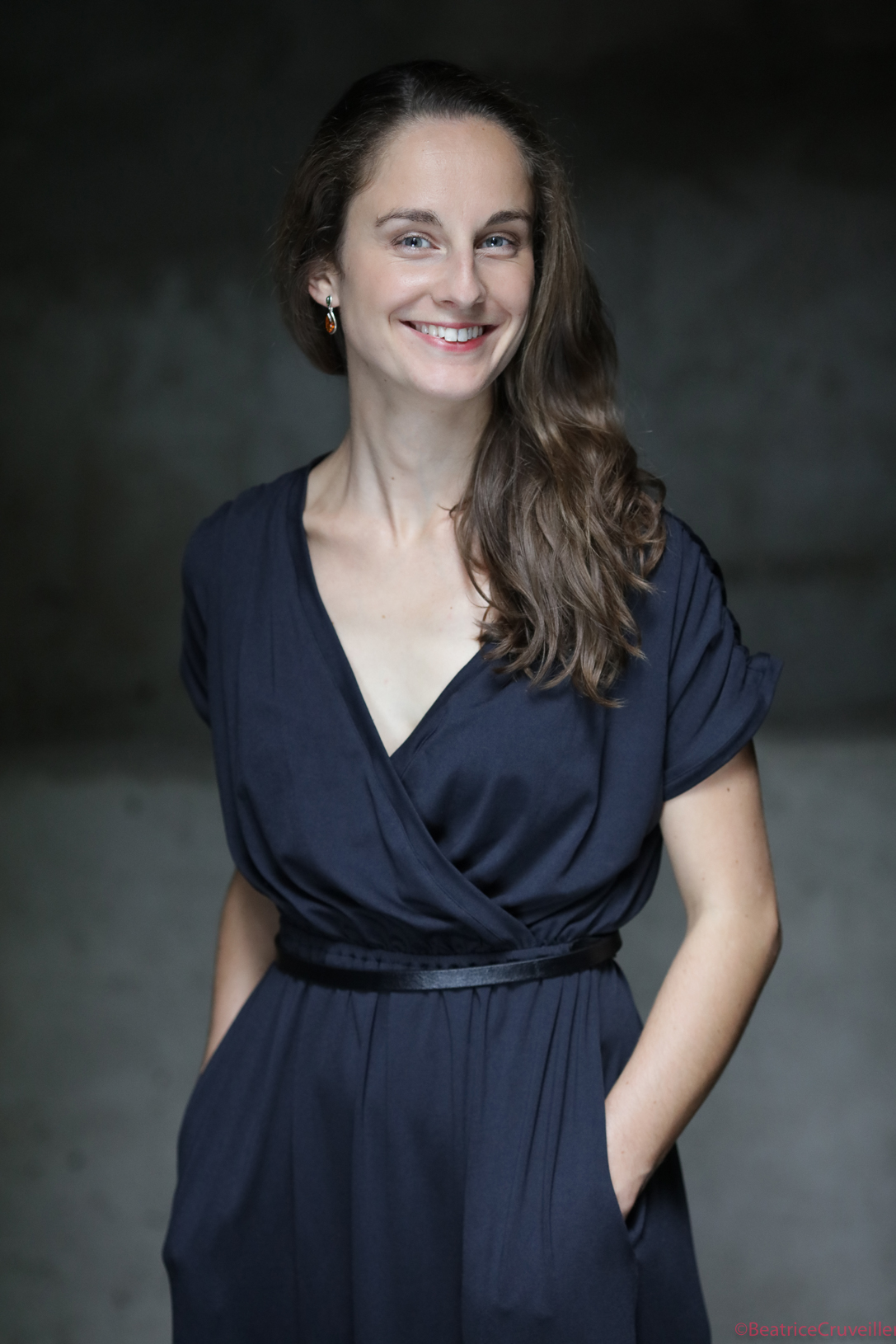Prémontré (Laon)
September 5, 2021
17:00
Western Christendom underwent a true Renaissance, following the reform of ecclesiastical discipline initiated by Pope Gregory VII (1073-1085). The abbey of Cluny took on a new splendour, a Gothic church was built under the abbatiate of Suger at Saint-Denis, soon followed by Sens, Paris, Laon, Chartres and many others throughout Europe, architectural marvels that reflected the prevailing spiritual fervour. Saint Bernard led a stricter observance of the Benedictine rule at Cîteaux.
In 1120, Saint Norbert established a community of religious in this 'pre-monstratensian' area who did not withdraw from the world but, in a way prefiguring the mendicant orders (Franciscans and Dominicans) of the 13th century, devoted themselves to the care (cura) of the faithful in the parishes. The many female Premonstratensian foundations recorded in France in the 12th and 13th centuries attest to the active involvement of women in the development of the Order.
Despite several attempts at unification, the liturgy of this order remained mostly in accordance with regional habits. The chants we have borrowed here from Premonstratensian manuscripts (from the 13th to the 16th century) differ from the universal repertoire only in the variants that bear witness to their spatial and temporal ties. The antiphons composed for the feast of Saint Norbert, canonised in 1582, were added to the antiphonaries in use at the time.
The themes of the Nativity, the Resurrection and the construction of the Temple of God inspired poets and musicians, such as the master Abelard (1079-1142), Peter the Venerable (abbot of Cluny, 1092-1156) and Philip the Chancellor (master at the University of Paris, chancellor of Notre-Dame Cathedral, 1165-1236), and resounded under the high arches of the new buildings. The omnipresence of the figure of the Virgin Mary on the sculptures or in the light of the stained glass windows attests to the role of mediator (mater Dei, porta caeli) that was given to her in the poetic compositions of this period more than in any other. Finally, the architectural elevation led to the lyrical flights of music of this time; with the great Parisian masters of polyphonic art, Leonin and Pérotin (Chapel Masters at Notre-Dame Cathedral), a new form of polyphony took off, which was to be heard, in an increasingly elaborate manner, during the second half of the 12th century and throughout the 13th century. The 'organ' voice, supported by the ancient chant, accompanied it while drawing it upwards, while new poetry was magnified by the sound of the conduits, motets or rondeaux of the Ecole Notre-Dame de Paris.
Marie-Noël Colette
Ensemble Discantus, under the direction of Brigitte Lesne.
